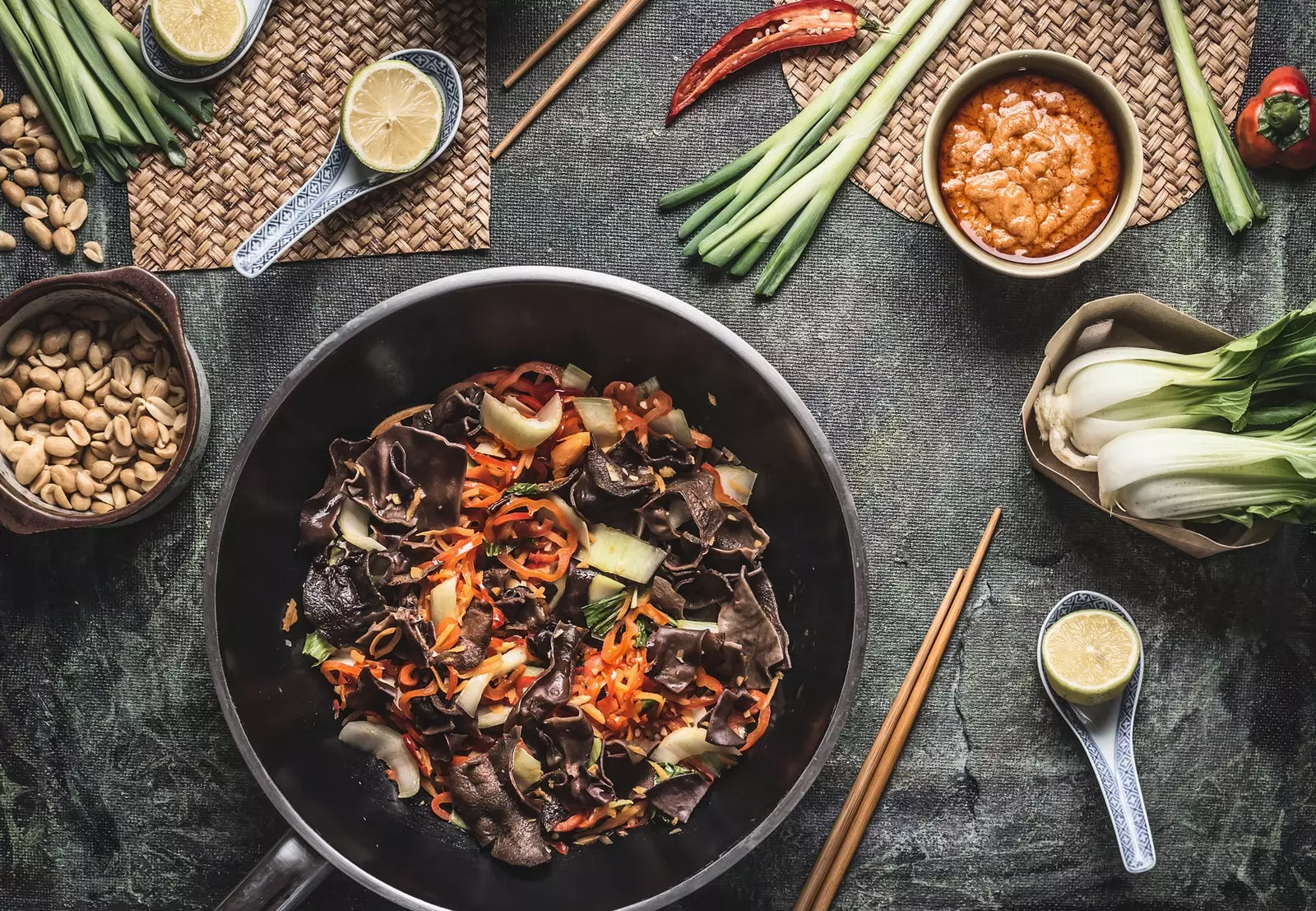
Because not all Chinese cuisine is the same
Few of us would feel comfortable being asked by a foreigner what the most important dishes in European cuisine are. We would most likely reply that each national cuisine is different, and that little has to do with an Italian dish, an English or a Polish one.
Chinese food works in a similar way. Although there are certain common ingredients, techniques or tastes, the continental size of China also means that regional varieties have created very different dishes and palates. In fact, they are considered different gastronomies.
If we go to a generic “Chinese restaurant”, it is most likely that a good part of the dishes are of a specific variety , with some extra options that come from other regions.
Eat in Chinese regional restaurants It will open up an immense (and surprising) variety of dishes that are difficult to find in the repetitive, more “generic” Chinese restaurants. Here we advise you where to start:
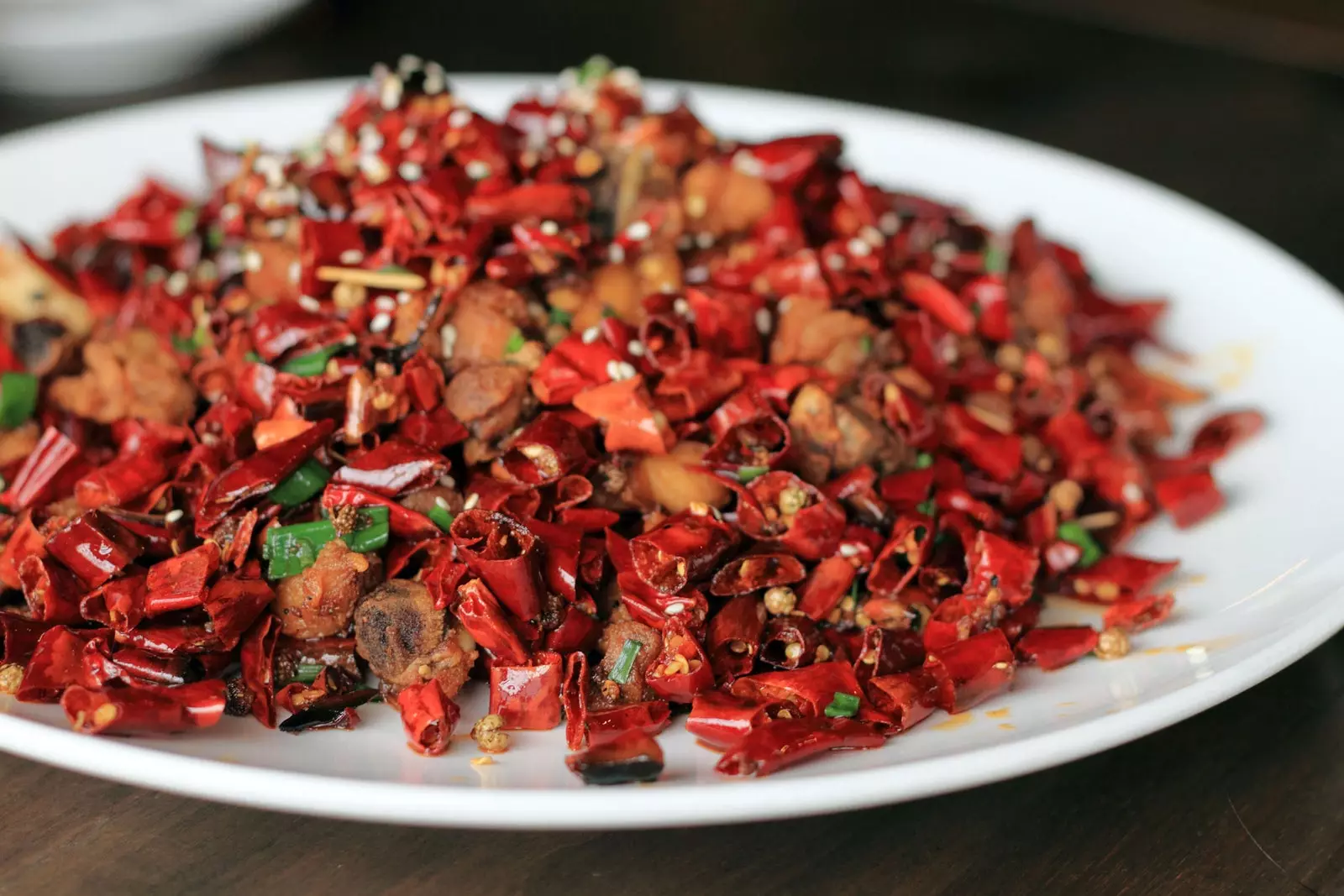
Sichuanese cuisine, not suitable for sensitive palates
YUNNAN CUISINE
this province adjoining Vietnam and Tibet It has a great variety of dishes, many of them extracted from the abundant nature of its forests and the fruit of the tradition of its large rural population.
One can start with the typical and refreshing mint salad ( ) that reminds us of certain dishes from neighboring Vietnam, to later share a classic noodle soup “across the bridge” ( ), a mild variety of rice noodles in which the broth and ingredients are mixed just before the dish is served.
From the leafy mountains of Yunnan is also extracted a huge amount of wild mushrooms, the most famous in China , which can be cooked both in the pan and using broth.
Lastly, if one enters the restaurants of this province, one can find oneself before a plate of local black pudding or the so-called "Yunnanese serrano ham" ( ), quite similar to ours, but usually cooked in a pan accompanied by vegetables.
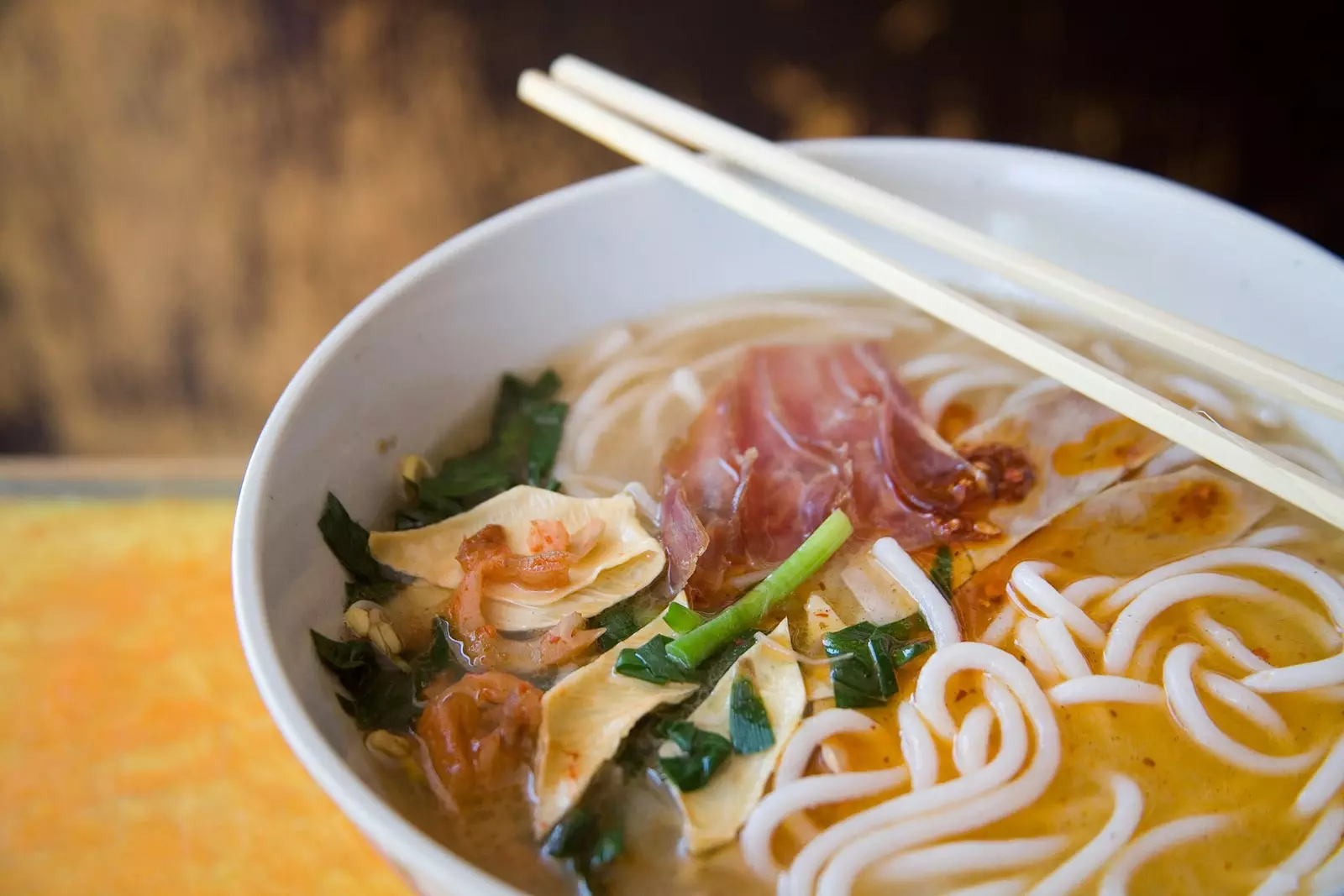
Noodle soup in Yunan
DONGBEI CUISINE
This cuisine is not circumscribed so much to a province as to a geographical area, the most northeastern of China, bordering countries such as North Korea, Russia or Mongolia.
The gastronomy of that area with a cold and harsh climate is robust and tasty. Intense sauces are common, as we can see in dishes like the so-called say san xian ( ) –a combination of potato, aubergine and peppers covered by the de rigueur sauce– or the pork with sweet bean sauce ( ), which is eaten wrapped with fresh vegetables in a crepe made of tofu.
The porous border with Korean cuisine also means that the famous fermented salty and spicy kimchi is added to Dongbei dishes, for example, as a base element of the omelette with kimchi ( ) . The partly hilly terrain also means that dishes such as wild birds with mushrooms ( ) are very popular.
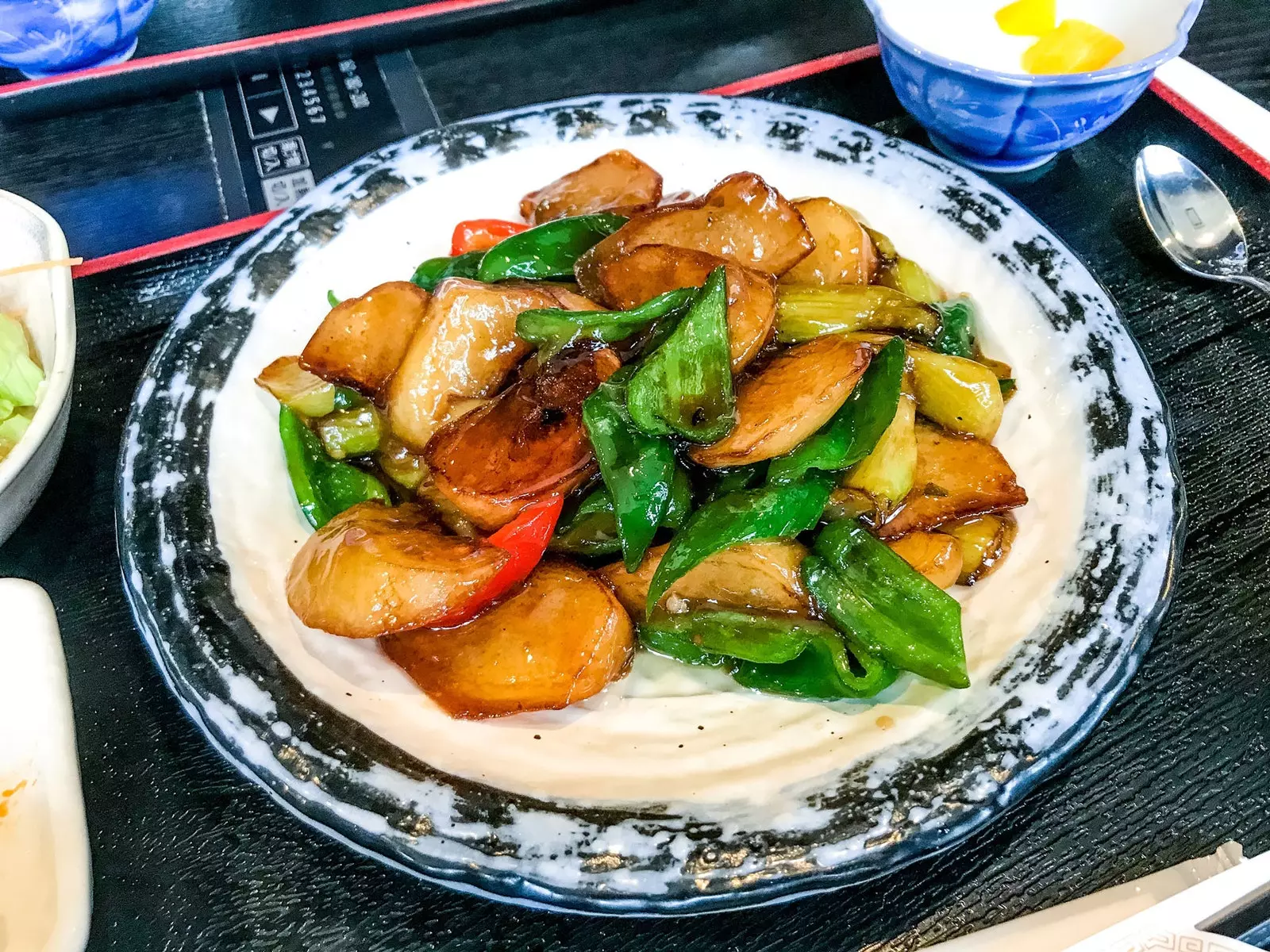
The di san xian, one of the typical dishes of Dongbei cuisine
ISLAMIC CUISINE
possibly it is the one that most surprises us foreigners who end up in China: one does not expect Muslim flavors to be combined with local gastronomy.
But in regions like Ningxia, Xinjiang or Gansu Halal food predominates which has created its own school. There are even delicacies, like the famous lamb skewers ( ) , which originated in these westernmost regions of China and have become a popular dish throughout the country.
But when traveling to Muslim areas like Ningxia we can also try more local varieties, such as the tasty lamb intestines soup (羊杂碎) that they serve in any restaurant.
In other provinces such as Xinjiang, the proximity to other Central Asian cuisines can be appreciated: the so-called rice "lolly" ( ) is an example, with certain similarities to the Tajik pilaf.
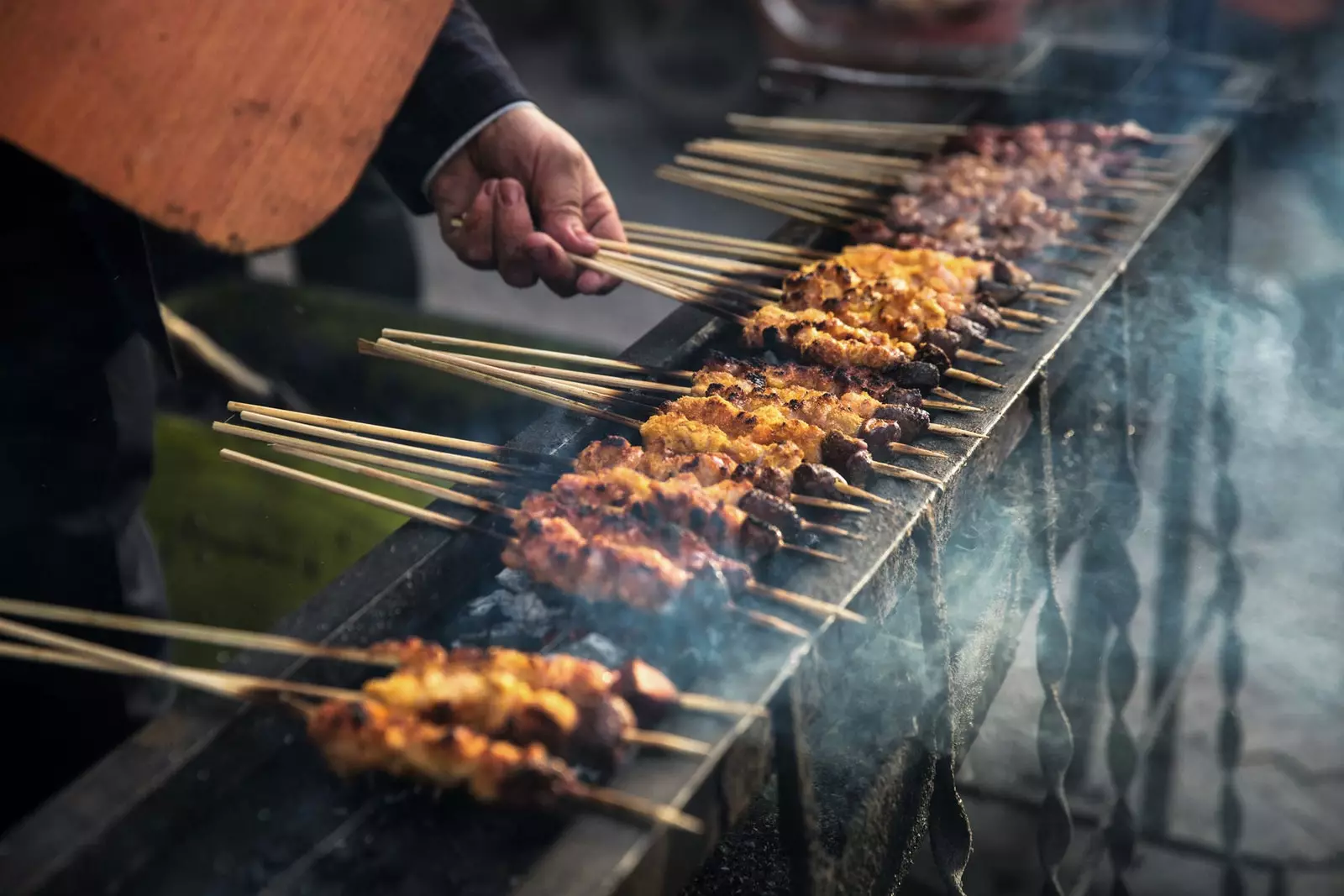
The famous lamb skewers have their origin in western China
SICHUAN CUISINE
Known (and partly feared) for his predilection for spicy , the gastronomy of Sichuan – a province at the foot of Tibet – is one of the most valued and widespread in the country, largely due to the love for spicy that many Chinese feel.
If you pass through Sichuan it is almost inevitable to have dinner a Sichuanese hot pot ( ), a widespread concept in the rest of China –it is a boiling pot with a variety of broths into which you pour the raw ingredients yourself, so that they cook–, but it is especially famous in this province, due to the extreme flavor what they bring the dozens of red chillies that float in the broth.
Spicy, in a way, is the axis on which Sichuan cuisine is built: we have the mapo tofu ( ) with minced meat, marinated and fried chicken ( ) bathed in chillies or cold veal meats or offal ( ) . all of them devised for our tongue to burn like hell.
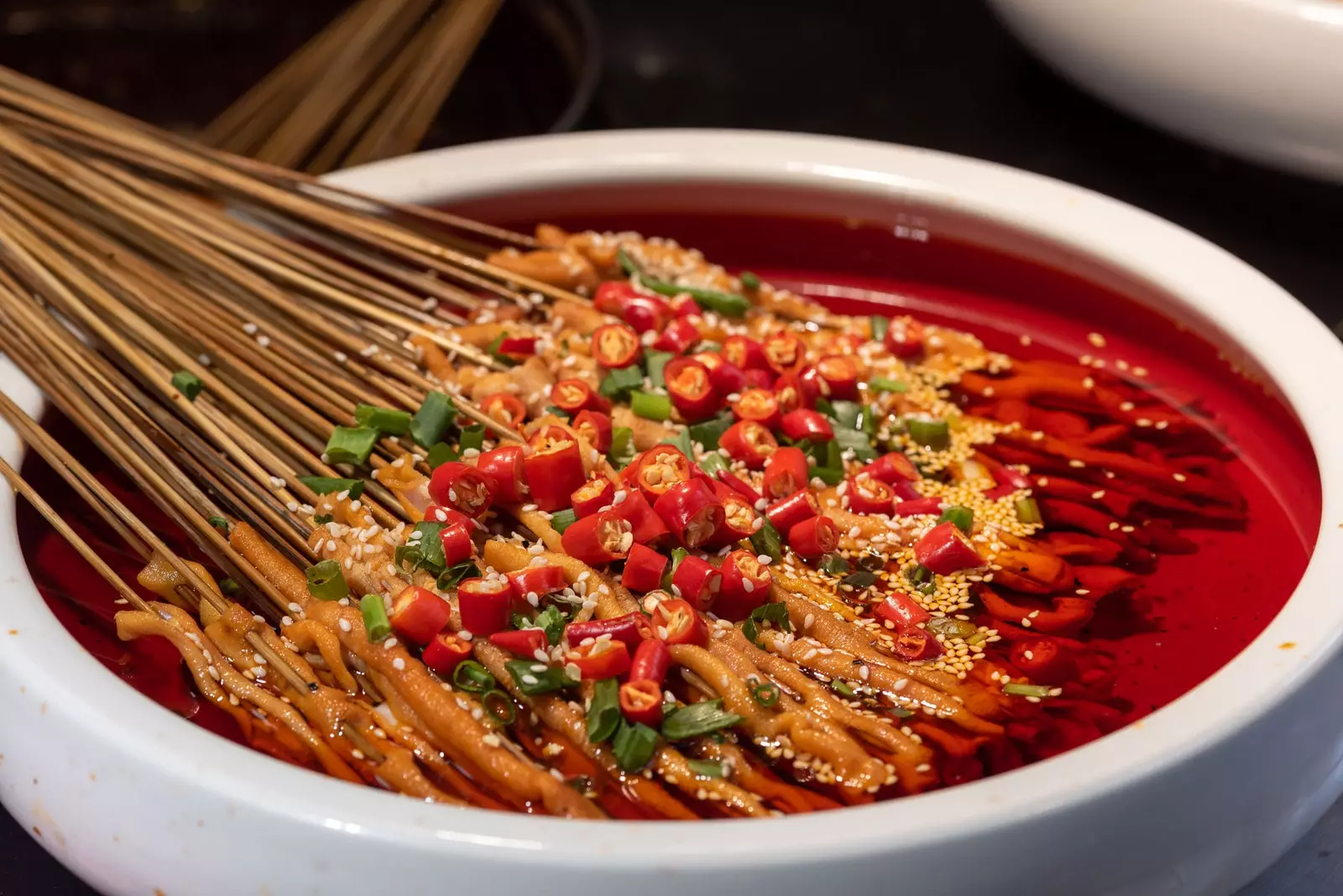
In Sichuan, spicy is present in almost all dishes
CANTON KITCHEN
That Chinese gastronomy is one of contrasts is demonstrated by the trip that we can make if we go from the spicy extreme of Sichuan to the soft and light food of the coastal province of Guangzhou
An especially popular concept in the area is the dim sum , small tapas that are usually accompanied with tea. Some are already well known, such as the shao mai ( ) of pork and shrimp , while others surprise novice eaters, like chicken claws ( ) in sauce.
Despite being less famous than the Peking duck, the cantonese goose ( ) with crispy and tasty skin is one of the most exquisite dishes, as is the soft cold veal ( ), which requires a long preparation.
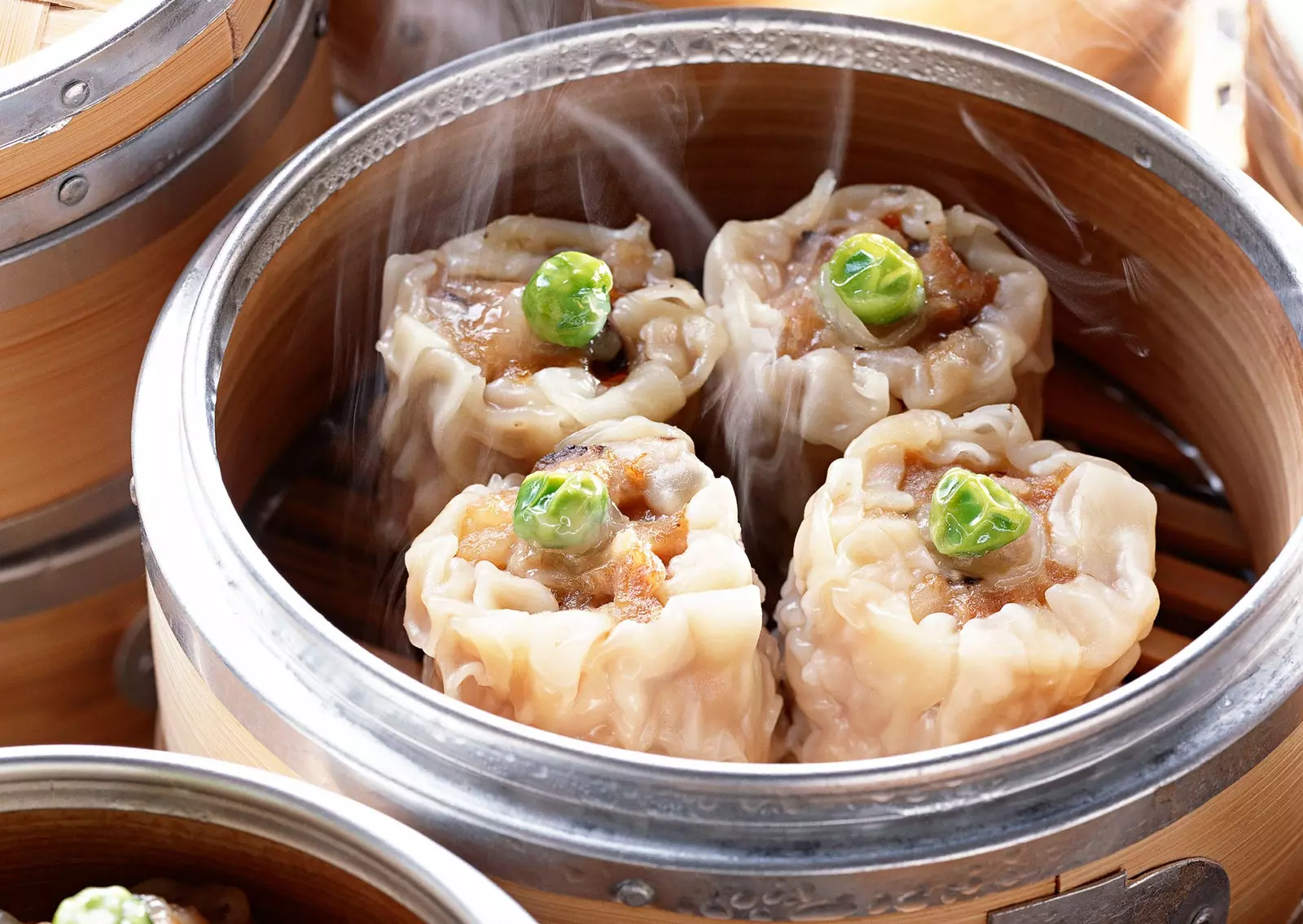
Pork and shrimp shao mai
HUNAN CUISINE
The inland provinces of China they tend to generate less attention than the more bordering or coastal ones, but the gastronomic varieties have been constituted with the same originality and flavor.
In Hunan, for example, we can find pork stew ( ) with dark sauce which was the favorite dish of Mao Zedong, who was born in that province.
The Hunanese also often take the famous spicy fish head ( ), from which they extract the meat from this area of the fish among a sea of chillies, or sauteed pork with vegetables ( ), in which this ardor so characteristic of China also predominates.
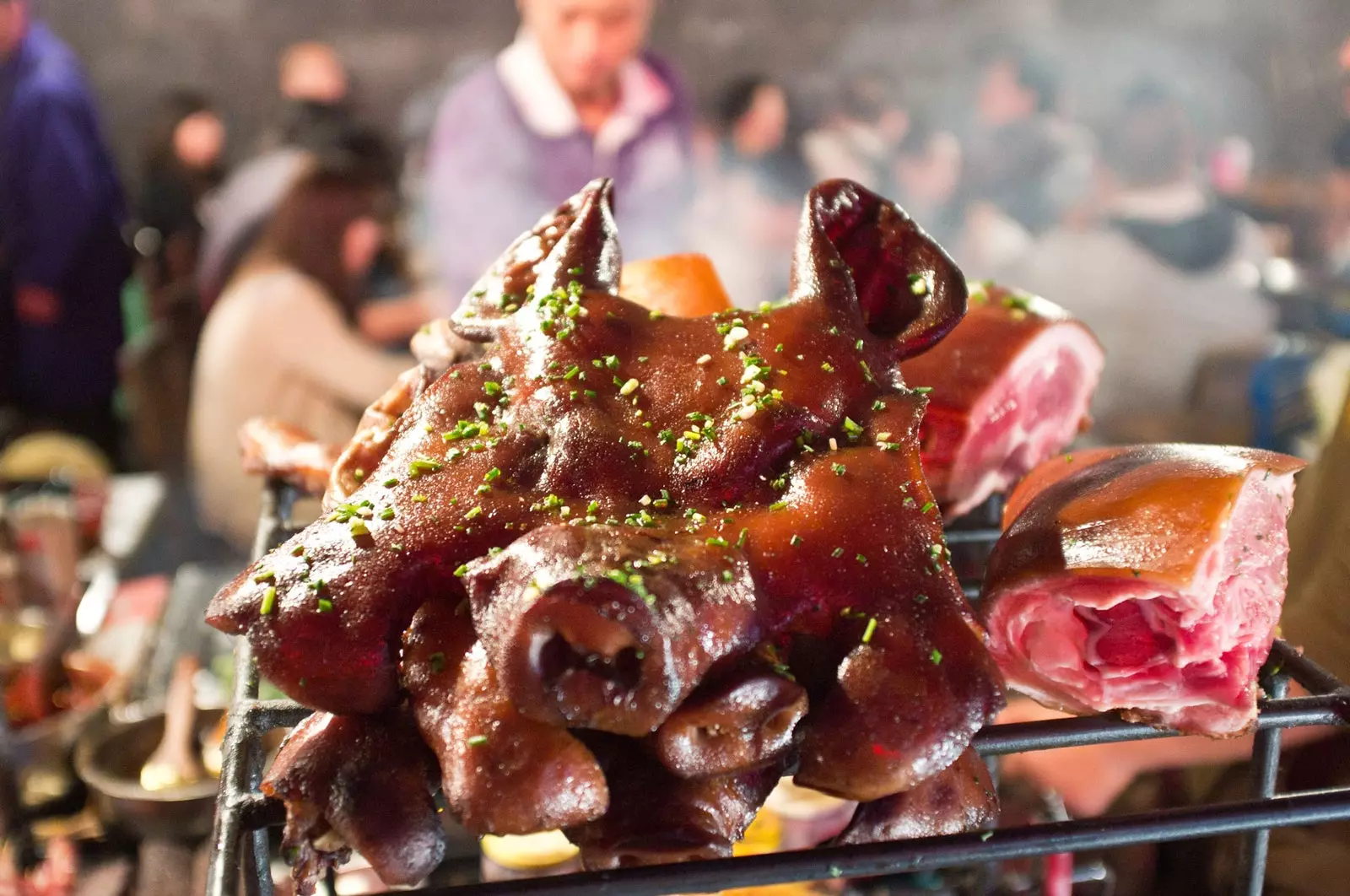
Pork is one of the most common dishes in Hunan
A PRACTICAL ADVICE
Eating all these regional cuisines in their place of origin is an admirable challenge, but there are easier options. If you travel to any Chinese city, it is very likely that there several restaurants of each type in its streets.
How to find them? The easiest option is to ask a young Chinese. They usually speak some English and on their mobiles they have specific apps (in Chinese) that are very useful for finding all these restaurants. If the language barrier does not prevent it, The Chinese are usually very friendly: there will even be some who will take you to the door of the restaurant.
Another very popular option in China is Go to a shopping center: there the regional restaurants are conveniently grouped and their quality is good. In them you can also find street food from multiple regions. As strange as it may seem to us, going to a Chinese shopping center can end up being a great gastronomic and sociological experience.
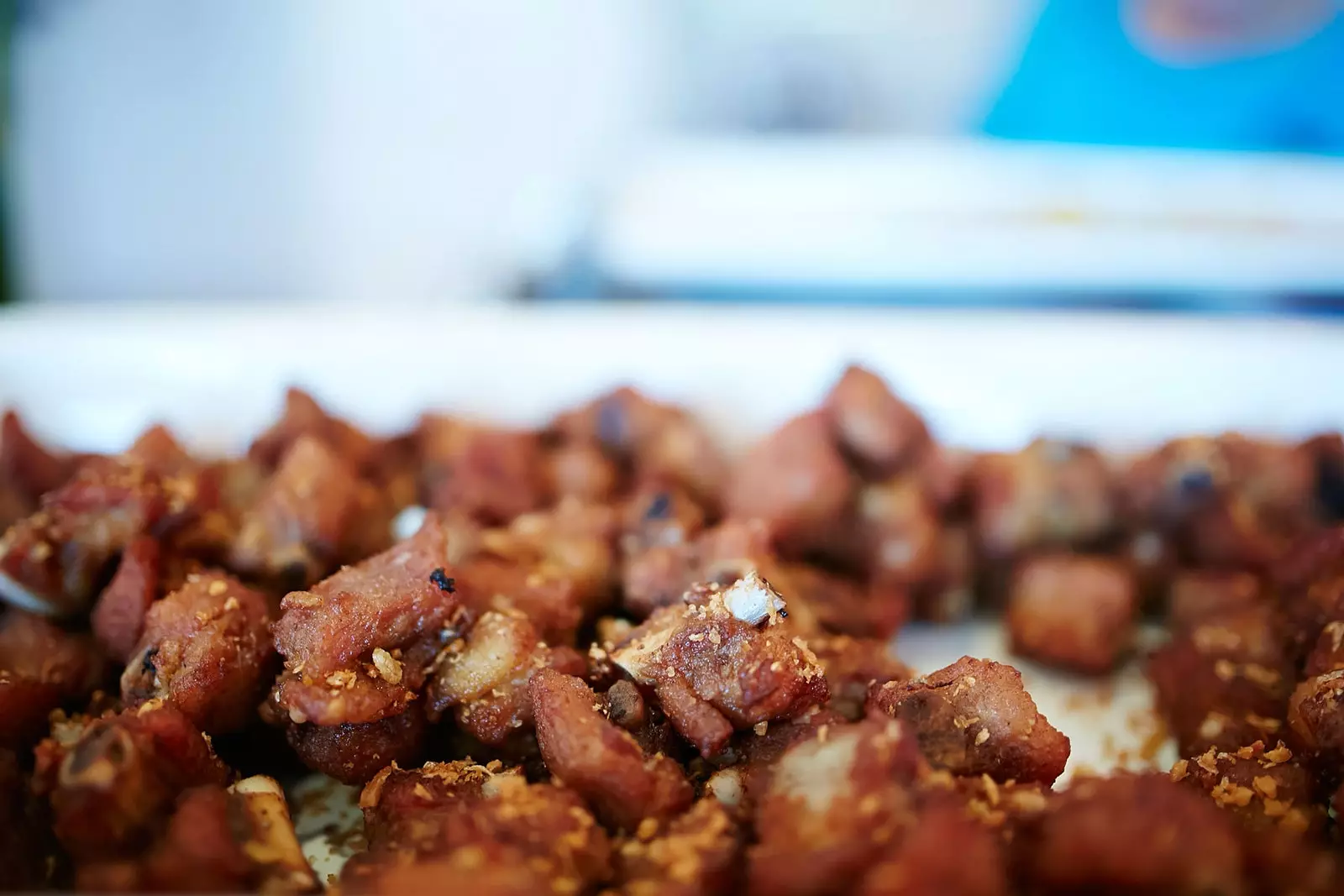
In shopping malls you will find street food from multiple regions
